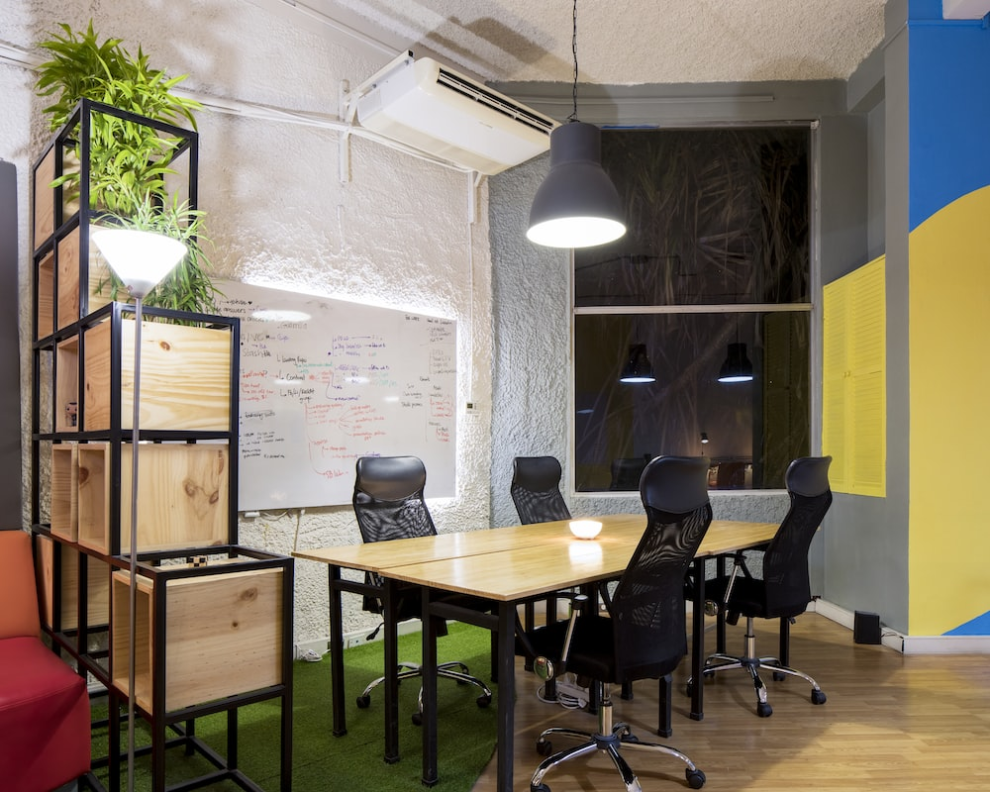As the modern workforce embraces flexibility and remote work becomes more commonplace, the traditional office setup is transforming remarkably. The rise of hybrid work arrangements, where employees can alternate between working remotely and in a physical office space, has brought about the need for adaptable office furniture catering to diverse work styles and preferences.
This article will delve into the significance of the hybrid office and explore the importance of adapting furniture to meet the demands of flexible work arrangements. Continue reading!
Understanding the Hybrid Office
The hybrid office is a workplace model allowing employees to alternate between working remotely and in a physical office space. It provides the flexibility to choose the most suitable work environment based on the nature of the task.
This arrangement offers numerous benefits, including improved work-life balance, increased productivity, and reduced commuting stress. However, creating an environment seamlessly integrating remote and in-office work is essential to realize these advantages fully.
Ergonomics and Health
One crucial aspect of adapting furniture for hybrid offices is ensuring ergonomic design. With employees spending extended hours working, whether at home or in the office, it becomes imperative to prioritize their health and well-being.
Ergonomically designed desks and chairs help prevent musculoskeletal disorders and promote good posture. Employers can support their employees’ comfort and productivity regardless of work location by offering chairs and desks that can be easily adjusted to individual preferences.
Flexibility and Adaptability
To satisfy the varied needs of a hybrid workforce, furniture must possess flexibility and adaptability. Modular furnishings, such as configurable desks and workstations, allow easy customization to accommodate various work styles.
Adjustable partitions and dividers can create dedicated spaces within an open office layout, ensuring privacy and focus when required. Organizations can maximize space utilization by investing in versatile solutions and creating a seamless transition between remote and in-office work environments.
Collaborative Spaces
Collaboration, no doubt, plays a pivotal role in the success of any organization. Hybrid offices should include furniture solutions that foster teamwork and encourage employee interaction. Designing collaborative spaces with comfortable seating, interactive whiteboards, and adaptable furnishings promotes brainstorming, idea-sharing, and effective communication.
By incorporating elements that facilitate collaboration, organizations can create an engaging and productive work environment, regardless of whether employees are physically present or remote.
Technology Integration
Technology has become the backbone of effective communication and collaboration in the hybrid office. Furnishings that seamlessly integrate technology enhances connectivity and ensures smooth virtual interactions.
Height-adjustable desks with built-in charging ports, wireless charging pads, and cable management systems enable employees to stay connected and powered throughout the workday. Similarly, providing brilliant furniture with integrated screens and video conferencing capabilities facilitates virtual meetings and collaborations with remote team members.
Employee Well-being
Creating a conducive environment for employee well-being is crucial for the success of hybrid offices. Incorporating breakout areas with comfortable seating, plants, and natural lighting promotes relaxation and rejuvenation.
Consideration for acoustic design to minimize noise disturbance and the availability of quiet zones for focused work further enhance the well-being of employees. By providing furniture that supports mental and physical well-being, organizations can contribute to a positive work environment, regardless of work location.
Conclusion
The hybrid office model transforms how people work, and adaptable office furniture enables a seamless transition between remote and in-office work environments. Organizations can create a hybrid office that fosters productivity, engagement, and satisfaction by prioritizing ergonomics, flexibility, collaboration, technology integration, and employee well-being.
As the workplace evolves, investing in adaptable furniture solutions is a prudent choice that ensures a future-ready and inclusive work environment.



















Add Comment